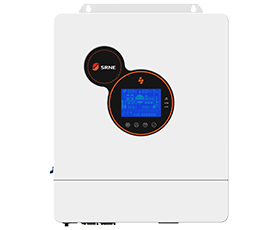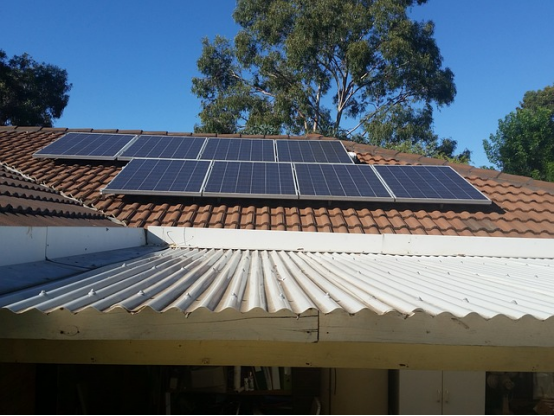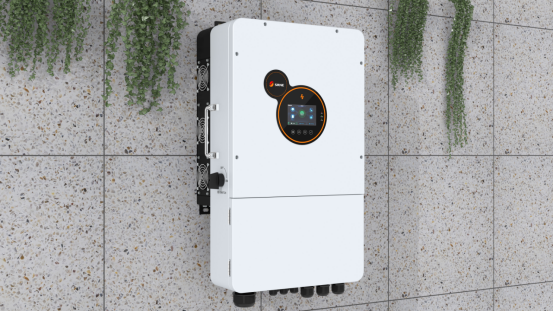Understanding the Different Types of Home Power Inverters and Their Applications
Power inverters are essential devices that convert DC (Direct Current) into AC (Alternating Current), making it possible to use electrical devices powered by batteries or solar panels.
Srne'll explore the various types of home power inverters—pure sine wave, modified sine wave, grid-tie, and hybrid inverters—along with their specific applications. By the end, you'll have a clear understanding of which inverter type best suits your needs, whether for home or professional use.
Pure Sine Wave Inverters
Definition: A pure sine wave inverter produces a smooth, consistent wave of electricity, similar to what you receive from the power grid. This type of inverter is highly efficient and compatible with sensitive electronics, making it the gold standard for home power inverter systems.
Applications:For home use, pure sine wave inverters are ideal for powering devices like refrigerators, computers, and medical equipment. In professional settings, they are crucial where reliable, high-quality power is necessary, such as in healthcare facilities or for operating high-end audio and video equipment.
SRNE offers a range of pure sine wave inverters designed for reliability and advanced performance. These inverters are known for their high efficiency, built-in protection mechanisms, and ease of installation, making them a preferred choice for those who require stable power delivery.
Modified Sine Wave Inverters
Definition: A modified sine wave inverter produces a more simplified waveform, which is less smooth compared to a pure sine wave. While not as refined, these inverters are sufficient for many household appliances and are more affordable.
Applications:Modified sine wave inverters are suitable for powering less sensitive devices such as power tools, small appliances, and lighting. They are ideal for cost-conscious projects where high precision isn't necessary, such as in workshops or construction sites.
SRNE provides reliable inverters solution, offering a balance between performance and affordability. These inverters are built to be durable and user-friendly, making them an excellent choice for everyday tasks.
Grid-Tie Inverters
Definition: A grid-tie inverter connects your home power inverter system to the public power grid. It allows you to feed surplus energy generated by your solar panels back into the grid, which can reduce your electricity bills and enhance energy efficiency.
Applications:For homeowners looking to offset energy costs, grid-tie inverters are an excellent choice. They are also recommended for businesses and residential buildings aiming for energy independence or taking advantage of government incentives.
SRNE 's grid-tie inverters stand out with their smart features and seamless integration with solar energy systems. These inverters are designed for high efficiency, ease of monitoring, and optimal support for renewable energy solutions.
Hybrid Inverters
Definition: Hybrid inverters combine the features of both off-grid and grid-tie inverters, offering the flexibility to use stored energy from batteries or feed power into the grid. They are perfect for those who need a versatile solution for various power scenarios.
Applications:Hybrid inverters are ideal for homes that require both grid connectivity and backup power during outages. In professional scenarios, they are suitable for remote locations, emergency power setups, and areas with an unstable power supply.
SRNE offers advanced hybrid inverters that provide seamless energy management. These inverters switch effortlessly between grid power and battery storage, and are fully compatible with solar integration, making them a robust solution for diverse energy needs.
Inverter Type | Key Features |
Pure Sine Wave Inverter | Smooth, consistent wave; ideal for sensitive electronics. |
Modified Sine Wave Inverter | Less smooth waveform; cost-effective for everyday appliances. |
Grid-Tie Inverter | Allows energy feeding back to grid; reduces electricity bills. |
Hybrid Inverter | Flexible; works with/without grid; ensures power availability. |
Conclusion
Understanding the different types of home power inverters—pure sine wave, modified sine wave, grid-tie, and hybrid inverters—can help you make informed decisions based on your specific needs. Whether you're looking for a reliable home power solution or need a versatile system for professional use, SRNE provides a wide range of inverters tailored to meet these demands. Choose the right inverter to ensure stable and efficient power for your home or business.






































































































